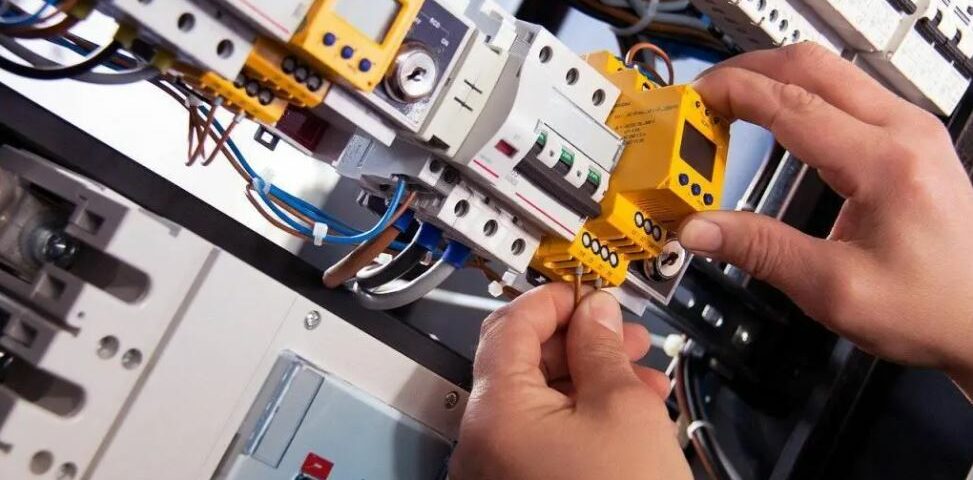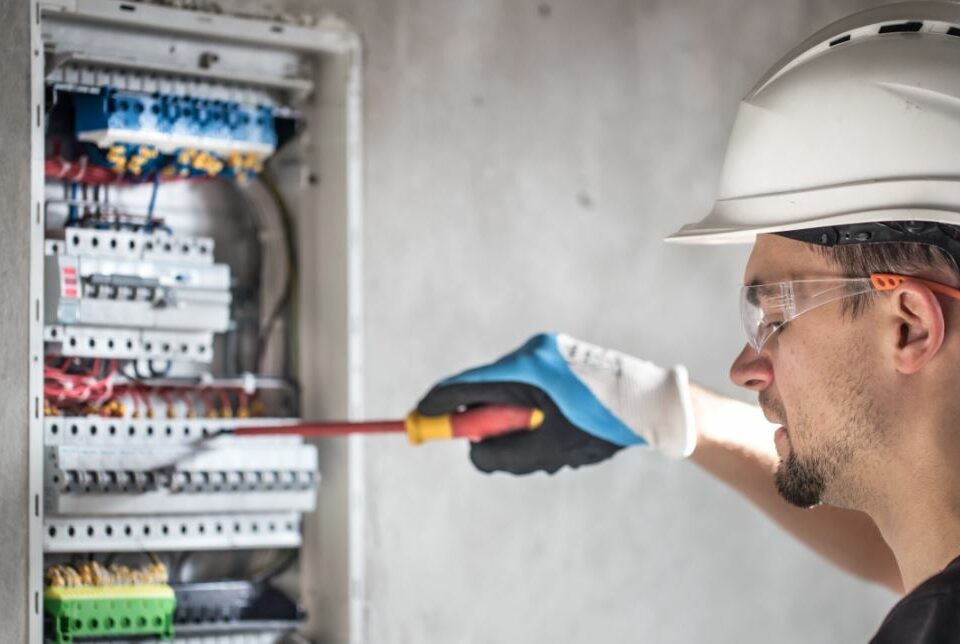Prioritize Electrician Maintenance To Ensure Long-Term Safety And Efficiency

Can Electrician Maintenance Help Prevent Electrical Fires In Homes?The Value Of Reliable Emergency Electrician Services
July 20, 2023
How Can An Electrician Maintenance Plan Help Homeowners Save Money In The Long Run?
July 20, 2023The electric systems in our homes and businesses are akin to the human circulatory system, silently and consistently supplying life-giving energy to every corner of the structure. Just as regular monitoring and care are essential for maintaining a healthy circulatory system, regular electrical maintenance is critical for ensuring the longevity, safety, and efficiency of these vital infrastructures.
This article aims to shed light on this often overlooked aspect of property management – prioritizing routine electrical maintenance by professional electricians.
With an objective focus on enhancing long-term safety and efficiency, this discourse will delve into key areas that require attention during maintenance checks. It will walk readers through the importance of regular inspections in preventing potential hazards such as electrical fires or electrocutions, while also highlighting how timely upkeep can contribute towards optimizing energy consumption.
By understanding the significance of these procedures in safeguarding both lives and resources, it is hoped that a sense of shared responsibility may be fostered among homeowners and business proprietors alike.
The Importance of Regular Electrical Maintenance
Regular electrical maintenance, an often overlooked aspect of property management, plays a critical role in safeguarding not only the operational efficiency of the system but also in preemptively mitigating potential safety hazards.
This process involves regular inspection and testing of all electrical equipment to identify any defects that may hinder their functionality or pose a safety risk. By conducting these routine checks, faults can be identified early on before they escalate into serious issues which could lead to costly repairs or replacements.
The importance of this practice cannot be overstated as it significantly contributes to the longevity and overall performance of the electrical system. Electrical systems are complex networks with numerous interconnected parts that need to function harmoniously for efficient operation. A minor defect in one component can disrupt this balance and affect the entire system’s performance.
Moreover, unchecked faulty wiring or malfunctioning components can potentially lead to catastrophic events such as fires or electrocution incidents due to short circuits or overloads.
Therefore, prioritizing regular electrical maintenance is a proactive strategy that ensures long-term safety and efficiency of electrical systems while also fostering a sense of belonging amongst building occupants. Knowing that their environment is continuously monitored and maintained for optimal safety gives people peace of mind and boosts their confidence in the management’s commitment to ensure their well-being.
Thus, regular electrical maintenance is not merely an operational necessity; it has profound implications for occupants’ perception about their living or working space, reinforcing an inclusive culture where everyone experiences a heightened sense of security and belonging.
Key Areas to Focus on During Electrical Maintenance
The process of electrical maintenance is pivotal, incorporating several key areas that warrant diligent attention.
A thorough assessment of the wiring system forms a vital part of this process, ensuring its functionality and safety.
Equally important is the examination of outlets and switches for signs of wear or damage, along with an inspection of appliances to ascertain their electrical efficiency, thus contributing to optimal operational performance and longevity.
Checking the Wiring
Optimal performance and safety of electrical systems are substantially dependent on meticulous inspection of the wiring. Regular checks ensure that the system is not only functioning efficiently but also poses minimal risk to those using it. Detecting any faults or damages early can prevent potential accidents, power failures, or fires caused by defective wiring. Moreover, a well-maintained wiring system contributes significantly towards reducing energy consumption thereby promoting sustainability.
1. **Examine for Damage**: The first step in checking the wiring involves looking out for any visible signs of damage such as frayed wires or scorch marks which could indicate overheating issues.
2. **Check Insulation and Connections**: It’s essential to inspect the insulation covering the wires for any cracks or tears and verify that all connections are secure.
3. **Test Wire Performance**: Using specialized tools, an electrician should test each wire to ensure it is carrying current correctly without any unusual heating up.
In conclusion, routine inspections of electrical wiring form an integral part of preventive maintenance measures aimed at enhancing efficiency while ensuring long-term safety. By paying attention to these aspects, one not only ensures a safer environment but also fosters a sense of belonging among individuals who feel secure in such well-maintained settings.
Assessing Outlets and Switches
Harnessing the power of electricity, yet often taken for granted, outlets and switches form an indispensable part of our daily lives; hence, their thorough assessment is paramount to not only guarantee seamless operation but also prevent potential hazards.
The comprehensive evaluation of these fixtures by a skilled electrician can identify hidden issues such as loose connections, damaged components or improper installation that may lead to electrical failures or fires.
Besides visual examination for physical wear or discoloration indicating overheating, this process should include testing voltage levels and grounding capabilities to ensure optimal functionality and safety.
Moreover, the adherence to local code regulations regarding their placement and number in each room represents another critical aspect of this assessment.
The importance of regular checks on outlets and switches cannot be overstated as it promotes efficiency while safeguarding property and lives from electrical mishaps.
Upgrading outdated two-pronged outlets to three-pronged ones or replacing traditional switches with dimmer variants could significantly improve energy conservation efforts.
Additionally, installing ground-fault circuit interrupter (GFCI) outlets in areas with water exposure like bathrooms or kitchens acts as a further precautionary measure against electrocution risks.
Therefore, prioritizing systematic evaluations of these common household features by professional electricians contributes significantly towards fostering a secure habitation environment while maintaining high operational efficacy.
Inspecting Appliances for Electrical Efficiency
Undeniably, a comprehensive inspection of home appliances is pivotal in achieving maximum electrical efficiency and mitigating the risk of power wastage. The process includes meticulous examination of various aspects such as wiring, insulation, and energy consumption patterns. The task not only ensures optimal energy utilization but also helps to prevent potential hazards like electric shocks or fires that can stem from faulty appliances.
Improved Energy Efficiency: Regular inspections ensure that appliances operate at their highest efficiency level; thus, they contribute significantly to reducing electricity bills. It fosters a sense of belonging by making individuals realize their role in conserving energy for the greater good.
Enhanced Safety: Faulty wiring or poor insulation can lead to accidents such as electrical shocks or fires. Routine checks aid in early detection and rectification of these issues, providing peace of mind and creating a safe living environment.
Longer Appliance Lifespan: Inspections help identify minor problems before they escalate into significant issues that could necessitate costly repairs or replacements.
In conclusion, regular appliance inspection is an integral part of maintaining electrical safety and efficiency within homes. It underscores the essence of proactive electrician maintenance while also promoting responsible energy usage – a collective endeavor towards sustainable living practices that invites individuals to belong to a safer and more efficient world community.
Reasons To Schedule Regular Electrician Maintenance Checks
How Can An Electrician Maintenance Plan Help Homeowners Save Money In The Long Run?





